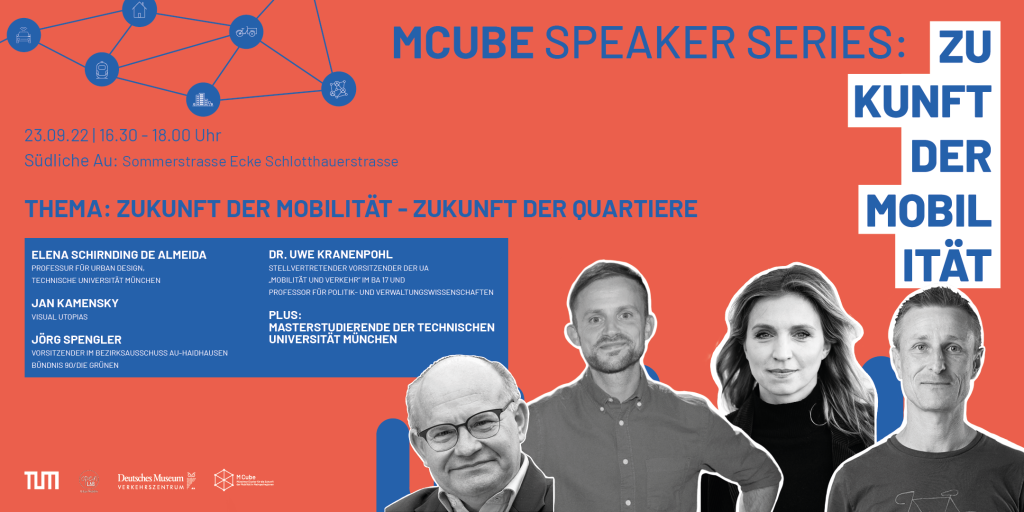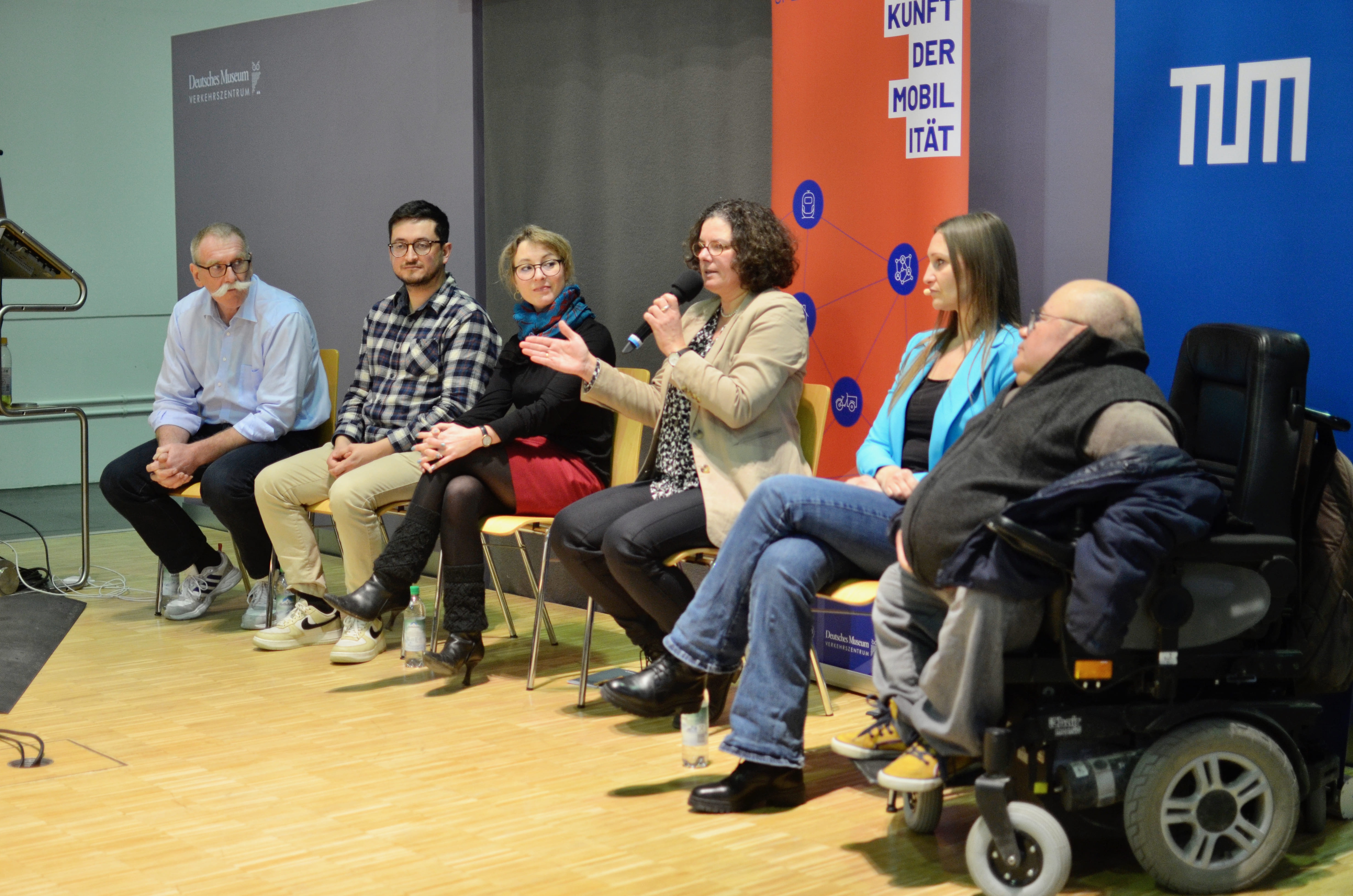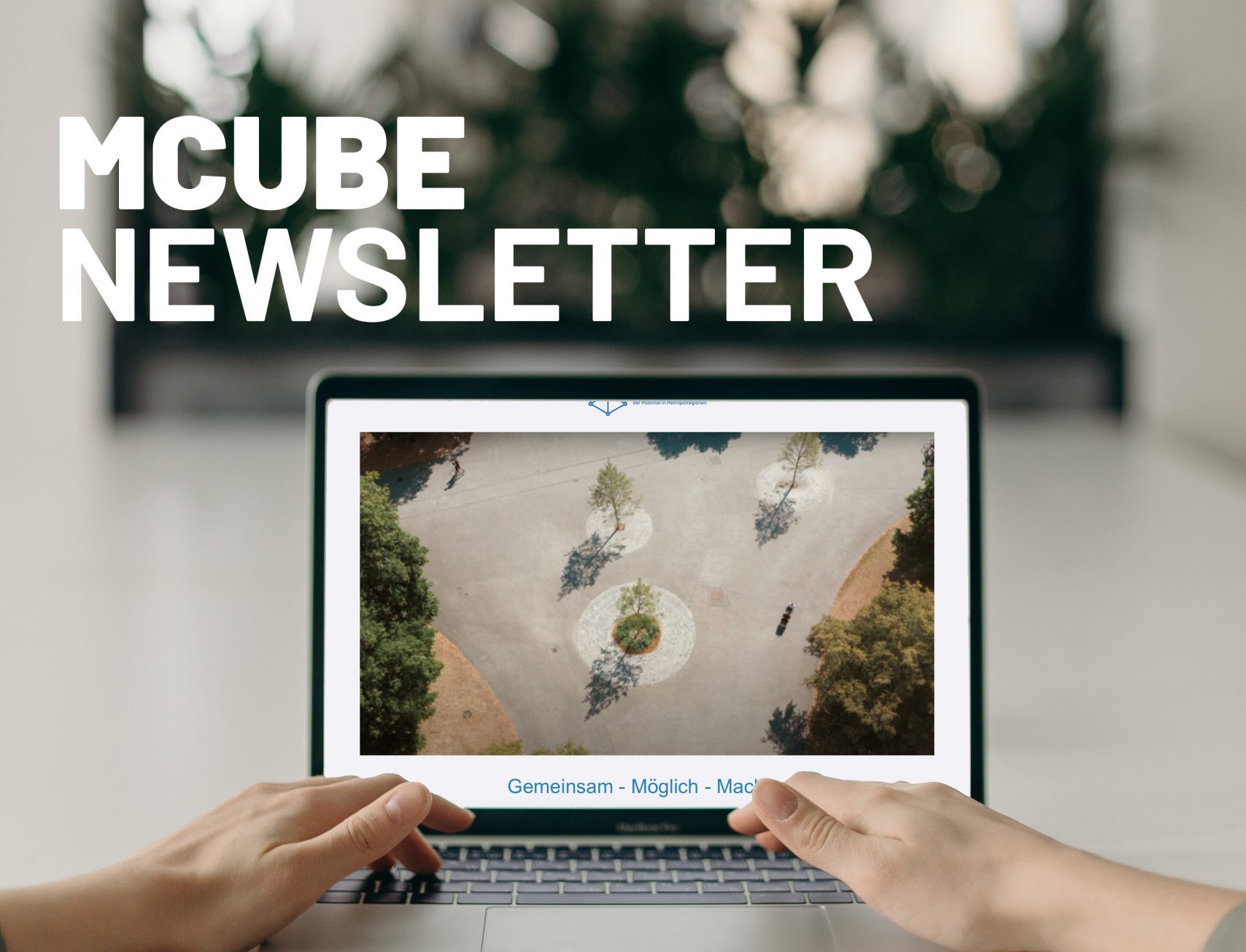Thema: Zukunft der Quartiere – Impulsvorträge und Podiumsdiskussion
- Elena Schirnding de Almeida (Professur für Urban Design, Technisch Universität München)
- Jan Kamensky (Visual Utopias)
- Jörg Spengler (BA-Vorsitzender und Radverkehrsbeauftragter Bezirksausschuss Stadtbezirk 5)
- Dr. Uwe Kranenpohl (Stellvertretender Vorsitzender der UA „Mobilität und Verkehr“ im BA 17 und Prof. für Politik- und Verwaltungswissenscahften)
- Masterstudierende der aqt Summer School
- Moderation: Oliver May-Beckmann (Managing Director MCube)
Wann und wo: Freitag, den 23.09.2022, von 16.30 – 18.00 Uhr an der Sommerstraße Ecke Schlotthauerstraße. Der Platz wird für die Speaker Series gesperrt.
Anmeldung: hier
Worum gehts? Zukunft der Mobilität – Zukunft der Quartiere | Wie sieht das Stadtquartier von morgen aus? Nicht das neu geplante und realisierte Quartier am Rande der Stadt, sondern die bestehenden, gewachsenen, gewöhnlichen Quartiere in unseren Städten?
Kommen Sie mit uns in die Südliche Au, wo wir für einen Tag Parkplätze zu einem Ideenlabor und Ortes des konstruktiven Austausches umwandeln. Hier werden wir internationale und regionale Trends sowie Utopien erleben, wie die Menschen im Quartier von morgen mobil sein werden. Neben unseren Expert*innen bieten wir insbesondere den Masterstudierenden der aqt (Autoreduzierte Quartiere) Summer School den Raum, ihre konkreten Ideen für die Südliche Au und den Walchenseeplatz in München vorzustellen und Feedback von allen Teilnehmenden zu erhalten.
Wir freuen uns auf die Impulse folgender Expert*innen:
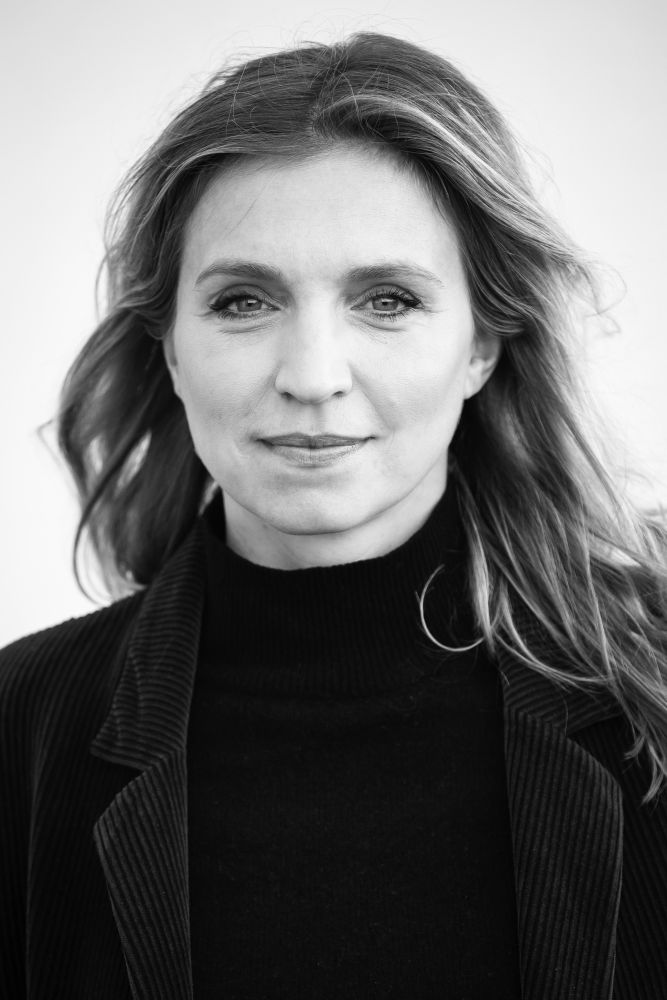
Elena Schirnding de Almeida
Dipl.-Ing. Architektin und Stadtplanerin | Professur Urban Design | Technische Universität München
Zur Person: Elena ist Architektin und Stadtplanerin. Sie leitet an der TUM das Public Planning Lab, das Teilnehmer+Innen der Fachbereiche Hochbau, Städtebau, Wasserwirtschaft, Straßenbau, Elektrotechnik und Maschinenbau zusammenbringt und interdisziplinäre Zusammenarbeit erprobt. Elena forscht an der Professur Urban Design zu Innovationen in der Stadtplanung und beschäftigt sich insbesondere mit der Rolle der Planungs- und Bauverwaltungen. Sie hat an der TUM und an der UFPR in Brasilien Architektur studiert und nach freiberuflichen Tätigkeiten als planende Architektin das Baureferendariat im Städtebau bei der Landeshauptstadt München absolviert.
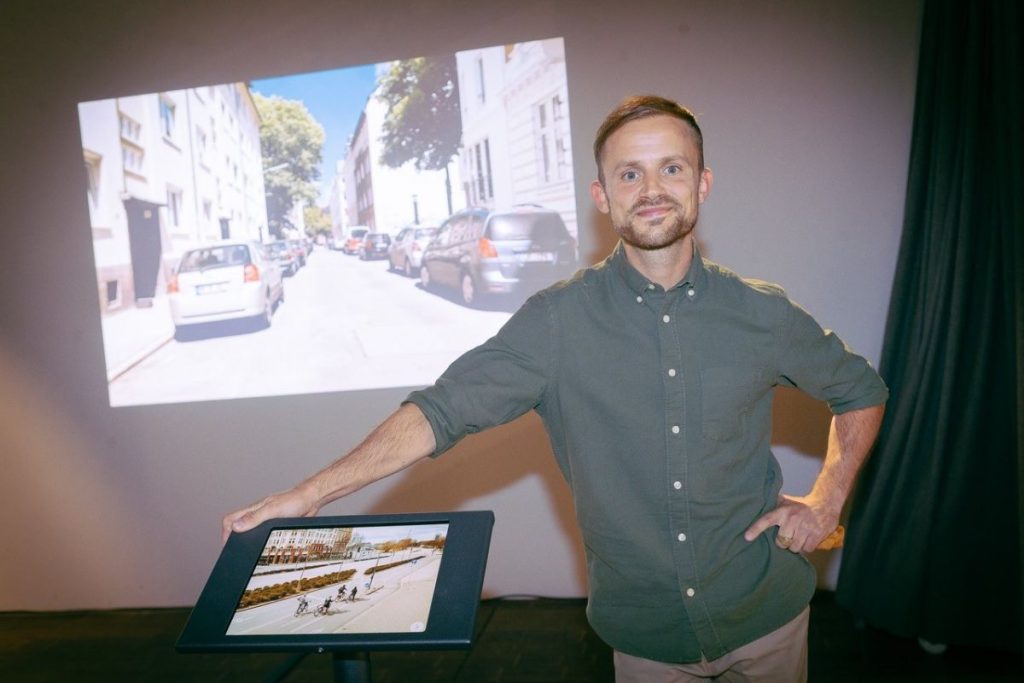
Jan Kamensky
Utopist aus Hamburg
Zur Person: Der Hamburger Künstler Jan Kamensky bezeichnet sich selbst als visuellen Utopist und digitalen Gärtner. Seit 2020 gestaltet er einzigartige Animationen, in denen er spielerisch die Umwandlung von autogerechten Straßen in menschenfreundliche Orte visualisiert. Indem er Straßen von Autos auf humorvolle Weise befreit und virtuelle Bäume pflanzt, möchte er ein neues Bewusstsein in den Köpfen der Menschen säen. Bisherige Sehgewohnheiten sollen entwöhnt werden. Straßen werden heutzutage untrennbar mit Autos verbunden. Das ist eine moderne Erscheinung, die es zu verändern gilt. Straße solle mit Menschen assoziiert werden. Er meint: Diese Veränderung beginnt in der Art und Weise, wie wir die Welt sehen!Kamensky’s utopische Herangehensweise trägt eine entscheidende Funktion: Nachdem die Betrachter:innen einen Blick auf die kontrastreiche Utopie haben werfen können, kehren sie mit einem geschärften Blick in die Realität zurück – eine Einladung zur Reflexion über die gegenwärtige Situation. Die Sicht auf unsere Lebenswelt soll dadurch verändert werden. Die Bewusstseinserweiterung steht im Vordergrund, nicht so sehr die Realisierbarkeit. Auch wenn er sich über eine Umsetzung sicherlich freuen würde!
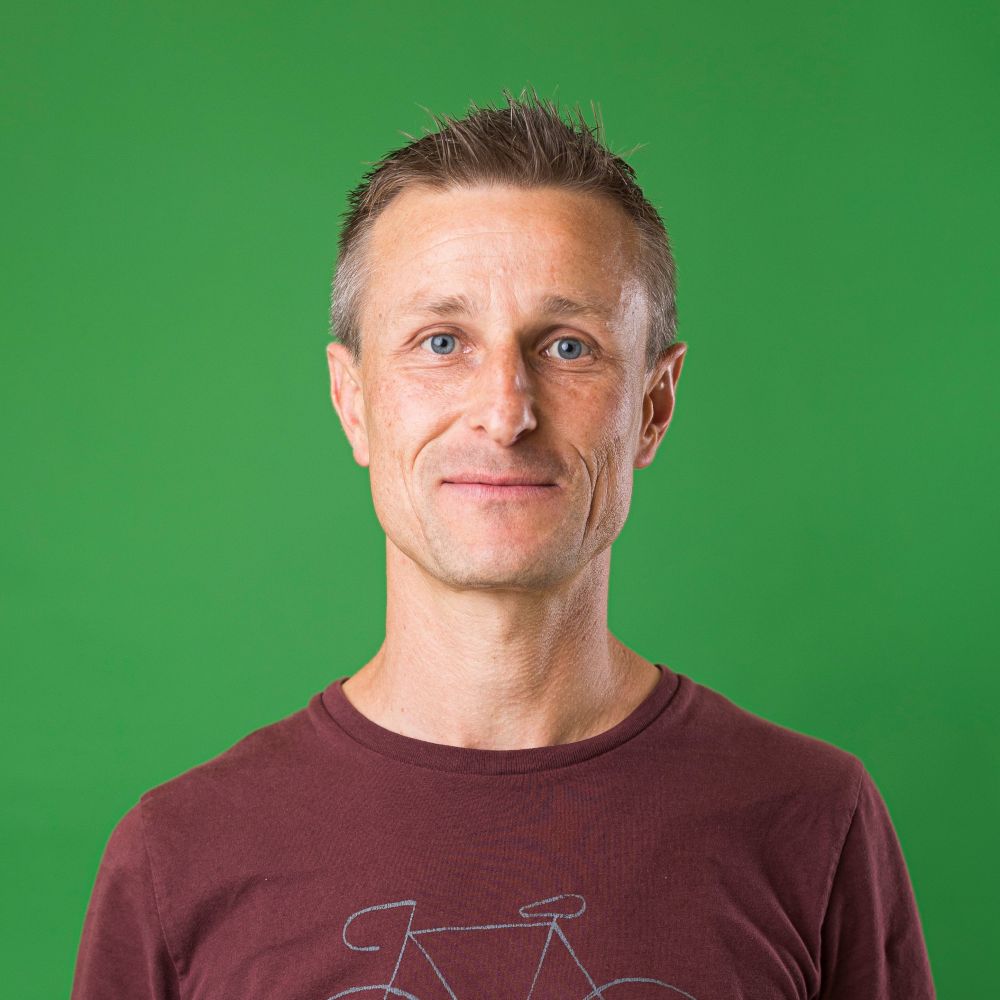
Jörg Spengler
Vorsitzender im Bezirksausschus Au-Haidhausen | Bündnis 90/Die Grünen
Zur Person: Als Verkehrswendeaktivist und Kommunalpolitiker ist Jörg Spengler an der Idee von „autoreduzierten Quartieren“ nicht nur sehr interessiert, er würde sogar noch weitergehen und als Zielmarke ein autofreies München 2030 anstreben. Auf theoretischer Ebene bewegt sich auch die Stadt München schon ein gutes Stück in die richtige Richtung. Sie hat sich 2021 auf die „Mobilitätsstrategie 2035“ geeinigt. Darin heißt es „Straßen sind auch wichtige Lebensräume, die das Bild und die Lebensqualität unserer Stadt bedeutsam prägen.“ In Au-Haidhausen gibt es viel Sympathie für Veränderungen im Sinne von Aufenthaltsqualität und Begrünung. Wir wollen weniger Autoverkehr und Parkplätze und mehr Bäume und Parkbänke. Doch wie gelingt uns die rasche Verkehrswende basisdemokratisch und im Dialog mit den Bürger*innen. Was können überzeugende Alternativen zum eigenen Auto sein. Auf diese Fragen erhoffe ich mir Antworten von der Diskussion und von dem AQT-Projekt insgesamt.
